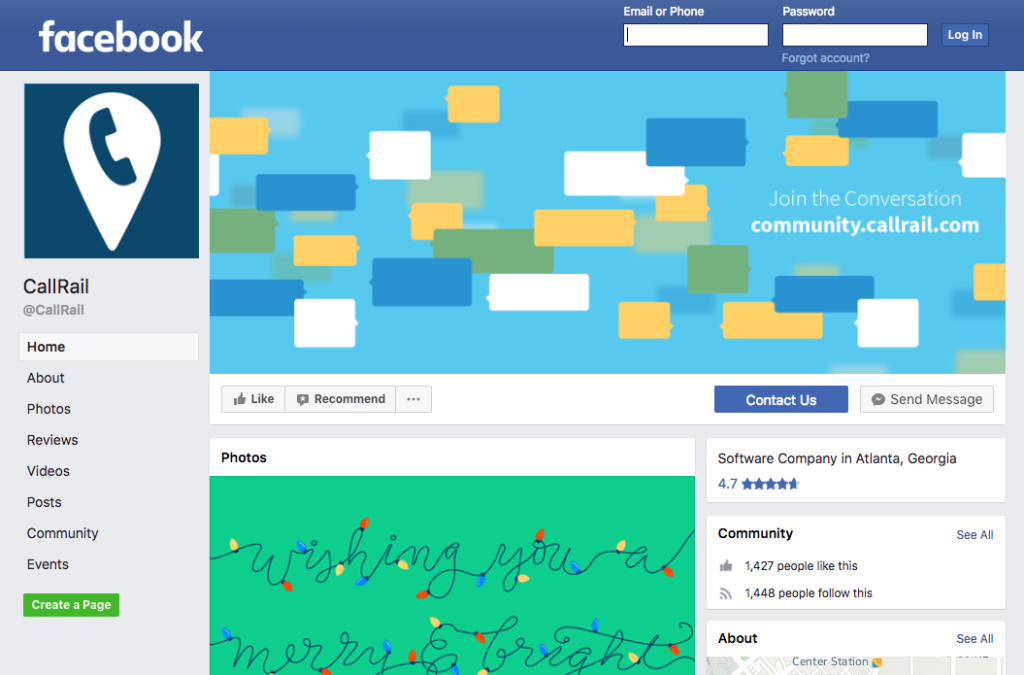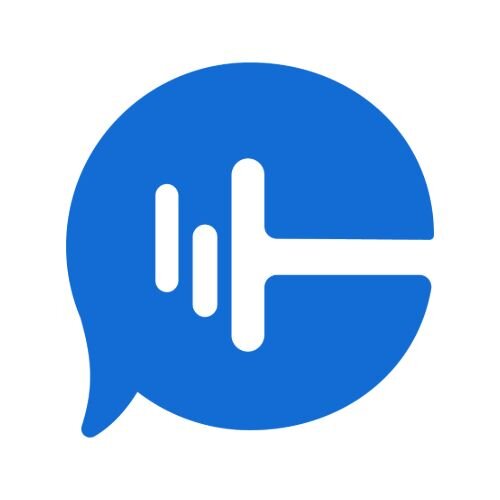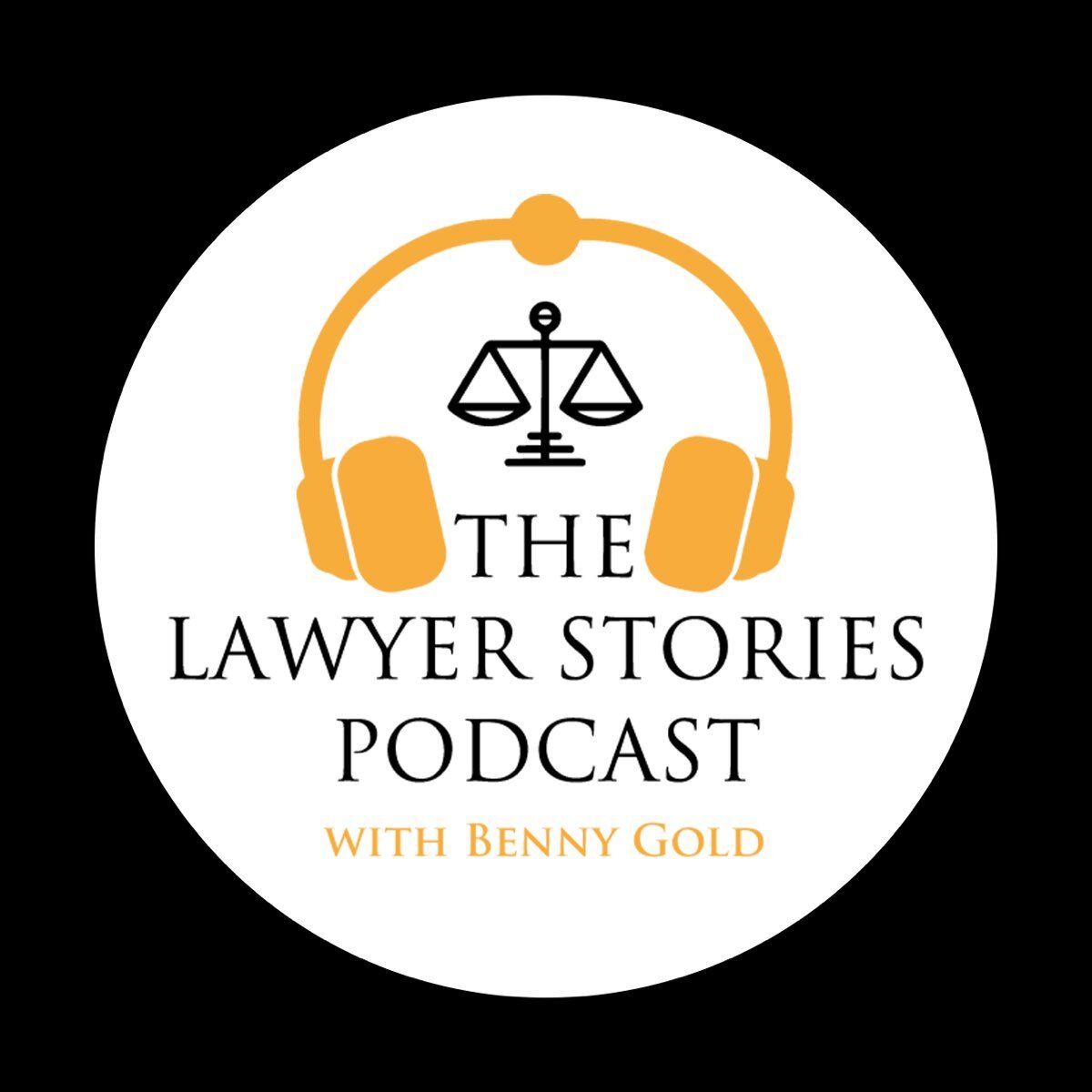Facebook announced on January 11 that they will begin implementing far-reaching changes to the kinds of content users see on their News Feed. The company says these changes will show you more of what your friends and family are sharing (“core-value content”), while also de-prioritizing content published by brands and businesses.
The move arrives at a time when Facebook has come under increasing scrutiny for its practices around user engagement, and for the platform’s hands-off stance towards political advertising. The overhaul is the most significant change in years for a key Facebook feature — one that every user sees by default after logging into their account — and is made with an eye towards promoting what founder Mark Zuckerberg describes as “personal moments that lead us to connect more with each other.”
Digital marketers around the globe have begun to express concern about the changes, since Facebook has become an indispensable part of modern marketing campaigns. According to a recent study by influencer-marketing firm Linqia, 87 percent of advertisers cited either Facebook or Facebook-owned Instagram as their most important platform for content marketing.
In short, marketers who proceed with the same strategy in 2018 that they pursued in previous years are in for disappointment. Let’s take a look at some of the big changes that are happening to Facebook’s News Feed, and what they’ll mean for digital marketers in 2018, and beyond.
Using Facebook for marketing just got more complicated
While Facebook’s engineers are doubtlessly making some complex under-the-hood tweaks to the algorithms that power the service, the upshot of these changes is (relatively) simple. As Facebook put it in their announcement for the News Feed changes: “Because space in News Feed is limited, showing more posts from friends and family and updates that spark conversation means we’ll show less public content, including videos and other posts from publishers or businesses.”
This means that users will begin seeing fewer posts and videos shared by businesses or media outlets. Instead, the News Feed will spotlight content with which your friends have interacted; your cute photo about making a snowman with your family that everyone commented on is now more likely to surface in feeds than a photo your business Page shared, even if both posts received comparable levels of engagement.
These changes will lead to another big shift Facebook marketers will need to plan for: The de-prioritization of Pages content. By showing more engagement-heavy posts from your friends and family, there’s going to be less room on the News Feed for public content like videos and posts from businesses.
“As we make these updates, Pages may see their reach, video watch time and referral traffic decrease,” Facebook said in their announcement. “The impact will vary from Page to Page, driven by factors including the type of content they produce and how people interact with it. Pages making posts that people generally don’t react to or comment on could see the biggest decreases in distribution. Pages whose posts prompt conversations between friends will see less of an effect.”
Put differently: It’s no longer enough to just create a Page for your business, and hope that audience engagement with your Page content will cause it to surface in someone else’s News Feed. Advertisers should no longer rely on Facebook to be their primary driver of web traffic, and can no longer expect that their promoted content will automatically be boosted to the top of the News Feed as users scroll through it.
That said, dedicated fans of your brand will still have the opportunity to prioritize your posts. Users can tell Facebook to surface more posts from Pages they follow via the “See First” setting in their News Feed preferences. (Businesses and marketers should contact their Facebook community ASAP and show them how to change this setting.)
To learn how to supercharge your advertising on the world’s most popular social media platform, check out our webinar on how call tracking can boost your Facebook Ad ROI or read more about CallRail’s Facebook integration.
For Facebook Page marketing, comments are the new KPI
Adam Mosseri, the head of Facebook’s News Feed, went into more detail in an interview with Wired about the kinds of content that will be favored from now on. The News Feed will place greater emphasis on content that generates a large number of comments, as well as content that sparks long comments.
“Comments are more valuable than Likes,” Mosseri told Wired. “Meaning content that inspires comments, specifically, long comments which actually take time and thought to type out will be a positive ranking signal for the algorithm which will lead to increased distribution of the content which sparked the lengthy response.”
And Mosseri says that the reverse will hold true as well, as content that users don’t engage with will not be promoted in the News Feed.
For businesses, the upshot is clear: Invest in high-quality content that’s going to spark conversations among your audience. Posts to your Pages will still have the opportunity to surface in the News Feed, but only if they’re compelling enough to spark a decent level of engagement.
However, that doesn’t mean you should leverage engagement-bait tactics to try to boost your rankings. (“Click the like button if you love burritos as much as we do!” or “Post your thoughts in the comments if you agree!”) Facebook has taken a hard line on this issue, and has promised to swiftly de-prioritize content at the first sign of engagement-bait.
Instead of creating content that’s primarily intended to be posted on your Facebook Page, consider investing in high-quality sponsored content for a publication that you know will generate a conversation in the Facebook Groups you follow, and then share it using your personal account.
Another great vehicle for high-engagement Facebook content is live video, which allows you to communicate directly with your audience and generate meaningful and impactful conversations around your brand.
Facebook’s News Feed changes: Feeling good about great content
Facebook says they’ve made these changes with the aim that users feel better about their time spent on the platform. Instead of just maximizing the amount of time people spend on Facebook, the company says it has shifted towards a mission of facilitating more meaningful interactions between its users.
“We feel a responsibility to make sure our services aren’t just fun to use, but also good for people’s well-being,” Zuckerberg said in a statement announcing the changes.
Ultimately, content marketers will have to re-orient their strategy away from paid display and barebones business Pages, and embrace their audience’s clear demand for higher-quality, more engaging content.
While these changes will create obstacles for many marketers, they also present a great deal of opportunity for those willing to meet the challenge head-on. Thoughtful content that speaks to your audience on a meaningful, human level will not only be an excellent way to market your service or product — you’ll also be fostering positive sentiment and brand equity for your business. (Which just so happens to be the same kind of engagement that Facebook now favors!)
As with all other kinds of advertising, those who create good content and foster a great user experience will always win through.
To discover how call tracking and Facebook can work better together, start your 14-day free trial of CallRail or request a personalized demo.












